The truth about recovery aids for cycling: popular products rated and ranked
You only reap the rewards of your training once you've recovered – it's a process that countless products claim to enhance, but which ones really work? We take a look at the evidence
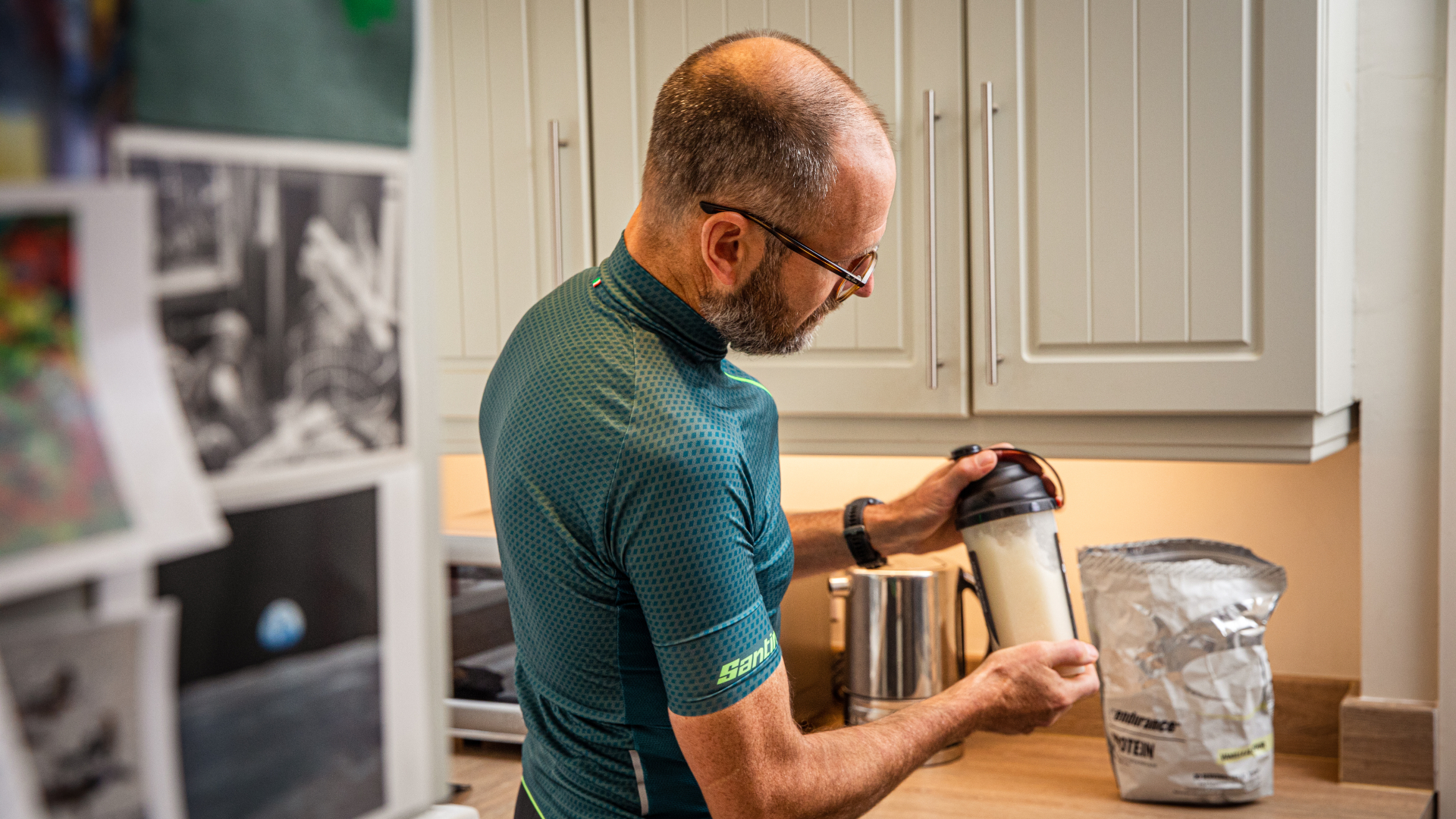
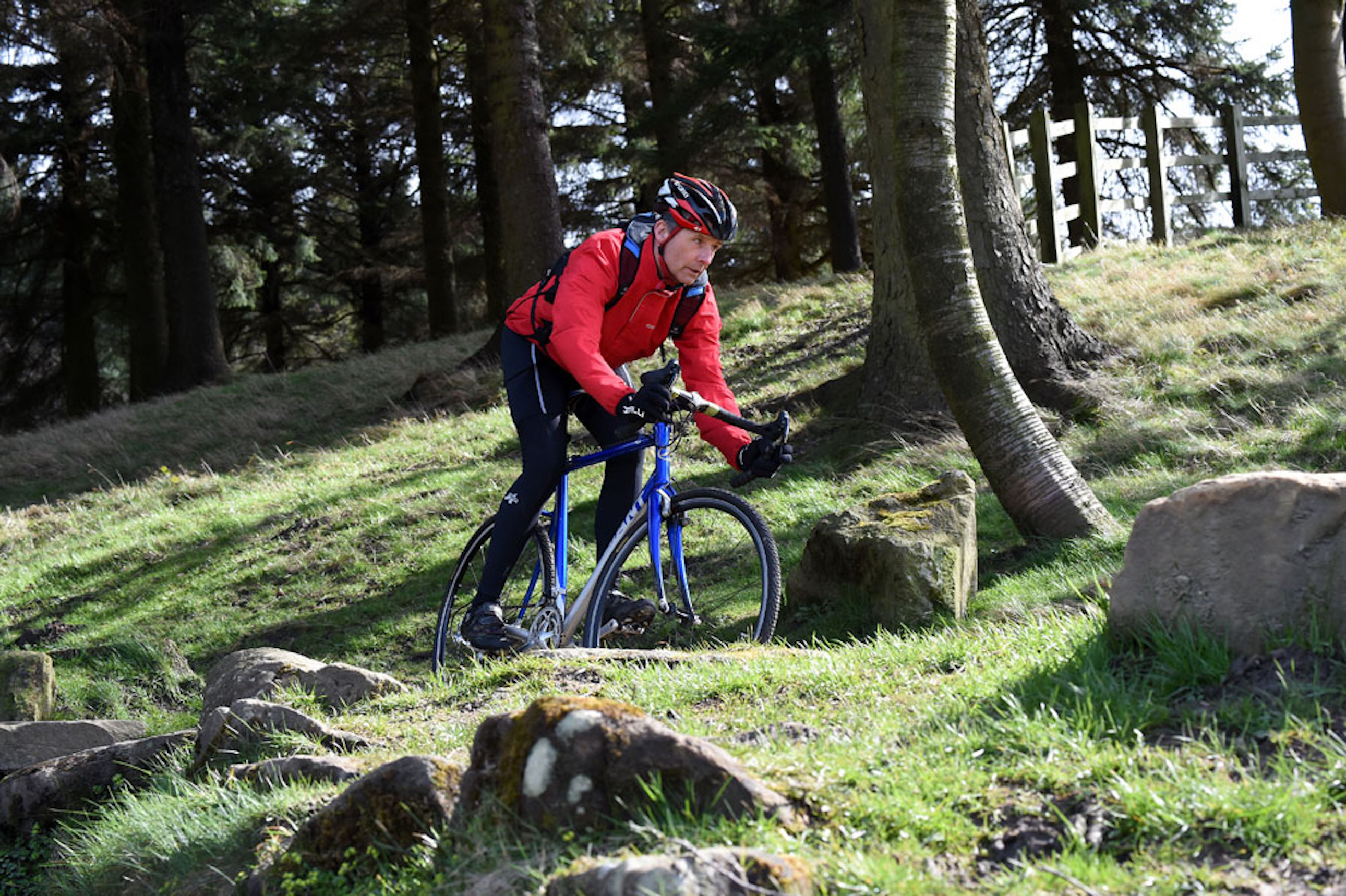
You don’t gain fitness instantly as you train but afterwards while you’re recovering. It doesn’t matter how hard you train, if you’re not recovering from your efforts you won’t be improving as much or as quickly as you could be. The basics of recovering effectively are good-quality nutrition and plenty of sleep – if you’re eating well and sleeping well, you’re 90% of the way there. Even so, the sports sector is jam-packed with products purporting to boost recovery. They range from protein powers costing $1 / £1 a packet to massage machines costing thousands.
These products can be broadly divided into four categories: compression; cold therapy; neuromuscular aids; and nutrition. We’ve looked into the scientific basis on which each type of product is based, and our aim here is to assess whether they really provide recovery boosting effects.
Compression wear
The theory: Compression garments gently compress muscle tissue, which is said to improve blood flow and aid recovery by helping to clear out metabolic waste products left over from exercise.
The evidence: Although some studies indicate improved performance after wearing compression kit (measured by increased time to exhaustion in a ramp test) and improved blood lactate clearance, there is very little peer reviewed scientific evidence proving beyond doubt that compression garments aid recovery.
Most of the studies conducted so far have found either no effect or a slight recovery boost from compression clothing. The one exception was a study that found a significant link between compression wear and reduced muscle soreness after plyometric box jumping (note, that’s an activity with little in common with cycling).
A far more sophisticated (and expensive) type of compression comes in the form of ‘compression legs’: a massage machine that the user slots their legs inside while compressed air exerts pressure to and fro along the muscles. Physio Dr Graham Theobald tested the Therabody RecoveryAir Pro for Cycling Weekly and concluded: “All our athletes and clinicians reported feeling more rested afterwards… However, without strict protocols, blind testing with placebo treatment, our impressions were always going to be anecdotal. That said, and purely from a personal perspective, I did see an interesting significant change in my ability to perform in repeated workouts after using this product.”
Cost: $/£20-100 per garment; $/£1,000-plus for compression-massage device.
Get The Leadout Newsletter
The latest race content, interviews, features, reviews and expert buying guides, direct to your inbox!
Verdict: Compression clothing has potential value for cyclists.
Recovery rating: 5/10
Electrical muscle stimulation
The theory: These devices, such as the PowerDot, stimulate muscles with pulses of electricity, causing muscle fibres to contact and relax. It is claimed that the contractions pump blood from the muscles, which carries out waste and brings in fresh oxygenated blood into the muscle to facilitate recovery. The technology has been used for years in rehabilitation, and is used by some WorldTour cycling teams.
The evidence: Much more work is required, but one study published in the Journal of Exercise Physiology found that weight-lifters who included muscle stimulation as part of their recovery saw greater strength gains and less fatigue than those who didn’t.
Expert view: Phil Burt says: “Electrical stimulation works on all muscle fibres by causing mini contractions and relaxations, and when it does that to the smooth muscle surrounding veins, it helps to boost blood flow, which can benefit recovery.”
Cost: From $/£50
Recovery rating: 4/10
Foam rollers
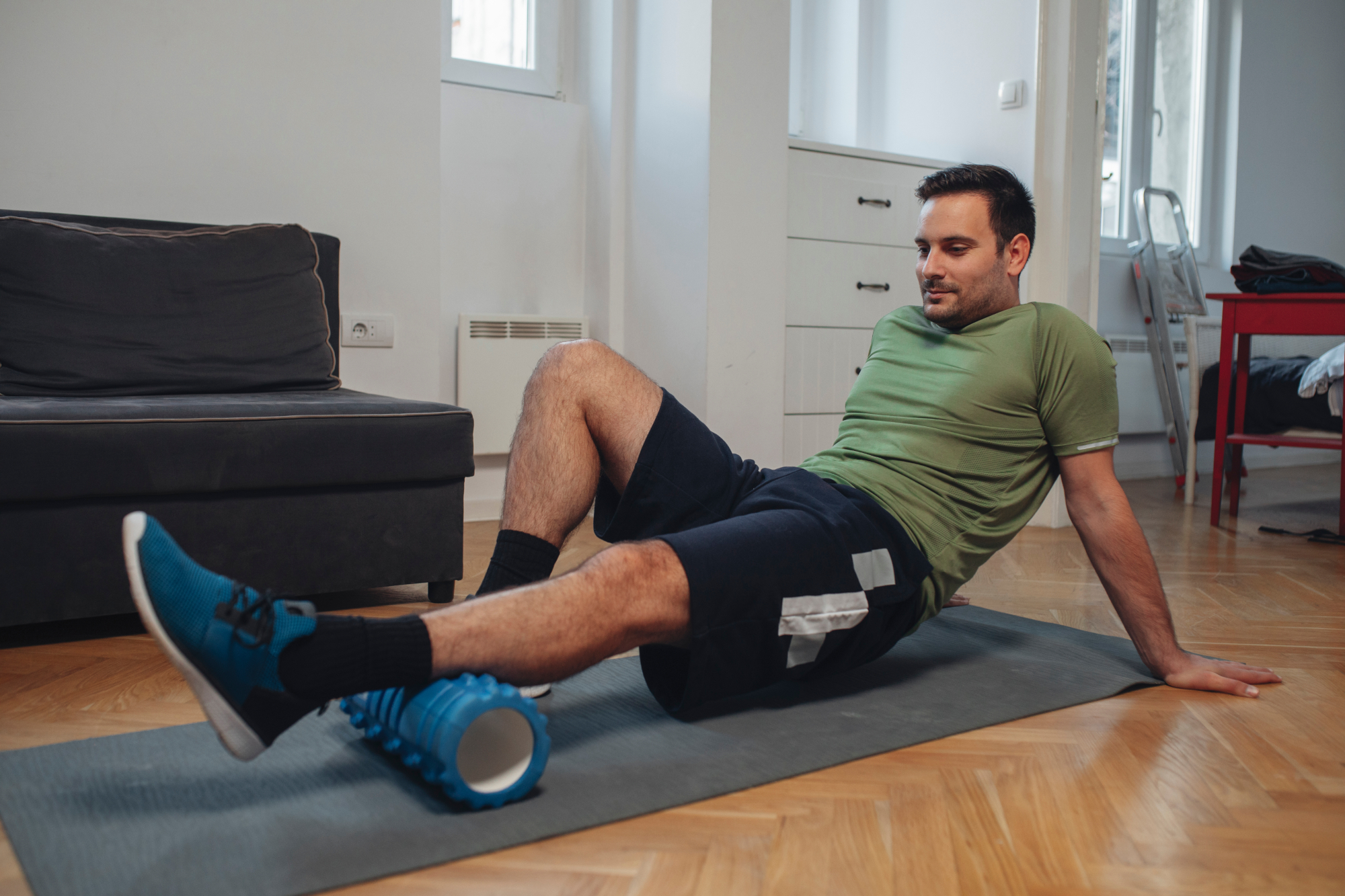
The theory: Rolling pressure along muscles using a foam roller helps to repair microtears in muscle fibres, breaks down scar tissue and removes fluid associated with hard exercise. Many people regard rollers as a cheaper alternative to manual deep-tissue massage.
The evidence: Reading through the (many) studies into the effectiveness of foam rollers as a recovery aid reveals some contradictory conclusions, but there is a clear consensus that foam roller work does reduce the feeling of delayed onset muscle Soreness (DOMS). A 2015 study in the Journal of Medicine and Science in Sport and Exercise concluded: “A 20-minute bout of foam roller work immediately after heavy exercise, and repeated every 24 hours thereafter, may reduce the likelihood of muscle tenderness.” Most of the studies are based on forms of weight lifting, rather than endurance exercise.
A 2021 study on football players, led by Alejandra Alonso-Calvete, found improvements in blood flow after foam rolling, concluding that use of a foam roller “could promote important advantages for post-exercise recovery”.
Expert view: Phil Burt, who was British Cycling’s head physiotherapist for 12 years, says: “I know the science behind foam rollers is a bit mixed, and various studies contradict each other, but in my experience they do work. For example, if you have iliotibial band pain and you foam roller it, it will go away. They definitely ease soreness. One tip, foam roller work hurts, but there are vibrating foam rollers on the market now and they hurt a lot less.”
On Burt’s latter point, physio Graham Theobald agrees: “Vibrating rollers have been shown to be superior to normal ones, with an enhanced effect on blood flow and tendon length/strength.”
Verdict: A worthwhile recovery tool, particularly after strength and conditioning work.
Cost: From $/£20
Recovery rating: 7/10
Yoga
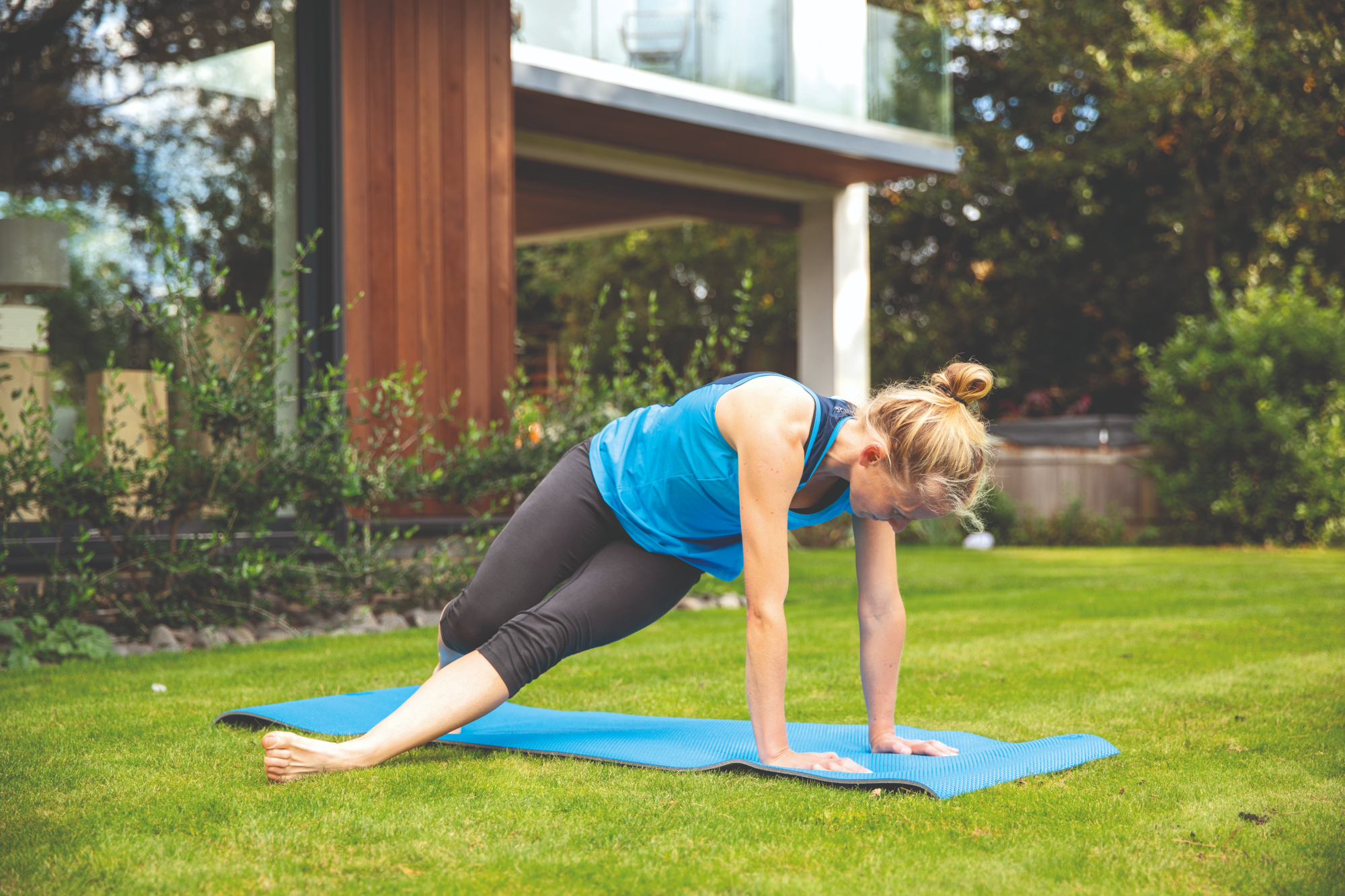
The theory: There are many health and fitness claims made by the proponents of yoga, including physical and mental recovery benefits. The main physical claim is that the twisting poses wring out venous blood from internal organs and allow oxygenated blood to flow in when the twist is released. On the mental side, yoga is said to increase relaxation by inducing a more balanced mental state, as well as improving sleep quality. There are various types of yoga, from the slow and gentle Hatha form to the vigorous movements of Ashtanga.
The evidence: A 2011 meta-analysis that looked at many scientific studies into the effects of yoga concluded, in respect of recovery, that: “The regular practice of yoga resulted in a significant decrease in the time taken to fall asleep, an increase in the total number of hours slept, and in the feeling of being rested in the morning.”
Expert’s view: Phil Burt again: “The big thing about yoga is it teaches you to breathe properly, and in general people don’t do that. Lots of benefits come from learning to breathe properly, including quicker recovery.”
Verdict: Practising non-vigorous yoga may increase sleep duration and quality, a goal worth pursuing as sleep is a fundamental pillar of recovery.
Cost: One-to-one or group sessions with a qualified teacher vary in price, but many teachers offer free ‘starter’ videos and paid-for Zoom classes. Once the moves are learned, you can practise at no cost.
Recovery rating: 6/10
Massage guns
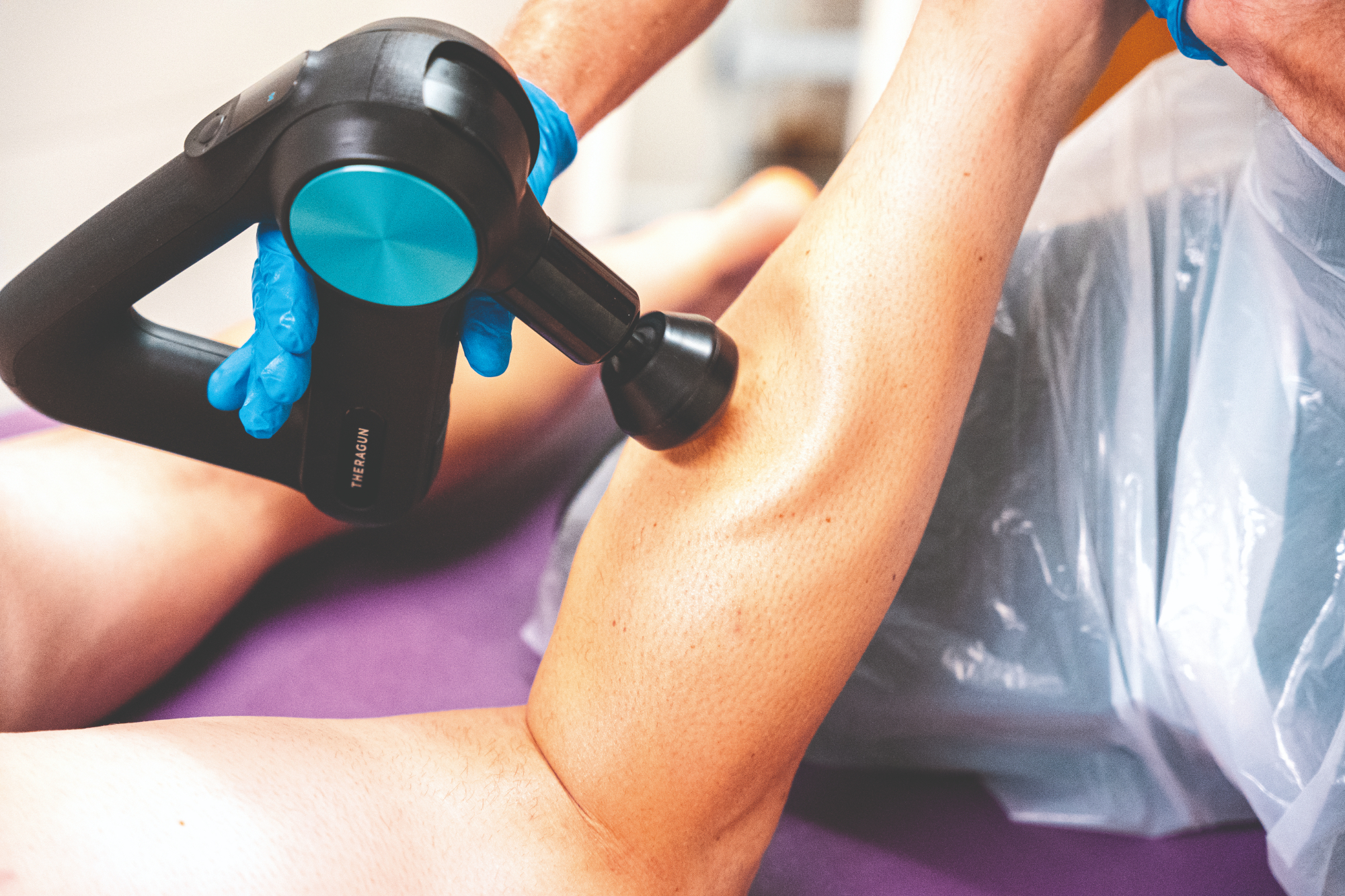
The theory: Percussive massage guns are a relatively recent development in the fitness industry. They mimic deep-tissue massage by pummelling one small area of muscle at a time. The contact point can either be moved around the whole length and breadth of the muscle or focused on specific areas of tightness.
The evidence: Scientific studies into the effectiveness of massage guns on performance, flexibility and range of movement have found effects comparable to those of deep-tissue massage. The greatest benefit seems to be in reducing muscle soreness.
Expert view: Dr Graham Theobald has tested a variety of massage guns for CW, and concludes: “I’ve used massage guns both professionally and personally. There is growing evidence that they can increase blood flow to muscles and stimulate/warm tissue to improve tendon length and performance. This effect may be a short-term gain in the early stages of muscle activity, but the longer-term effects are now being studied.”
Verdict: May be worthwhile to treat soreness after a core exercise routine.
Cost: $/£30-550
Recovery rating: 8/10
Ice and ice baths
The theory: Ice is often recommended as an immediate treatment for soft-tissue injuries, on the grounds it reduces inflammation and speeds up recovery. Ice baths are thought to promote recovery by stimulating blood flow, getting more oxygenated blood into recovering tissues, which may improve waste removal and reduce inflammation.
Supporting evidence: The injury healing benefits of ice have been debunked. When injured, the body sets off a process that removes damaged tissue. A number of studies have found that ice blocks the signals required to set off this process. The jury is out on the role of ice baths in promoting recovery, although there are other health and fitness benefits from cold water immersion. One study on ice baths conducted at the University of Queensland in Australia found a negative impact on muscle adaptation. Twenty-one subjects went through strength training workouts twice per week. Some of the subjects sat in an ice bath for 10 minutes post-workout, while the others ‘warmed down’ on a stationary bike. The warm-down group showed greater strength gain than the ice bath group.
Verdict: The evidence has turned against ice as a recovery aid, and it can limit exercise adaptation, but using ice baths (or vests) certainly is an effective way to cool down quickly after a hot stage of a Grand Tour – hence their widespread use at this year’s Tour de France.
Cost: From $/£30 for a portable unit to over $/£800 for a fixed ice bath.
Recovery rating: 2/10
Stretching
The theory: Stretching can be classed as a neuromuscular treatment. The theory goes, it aids recovery by helping to reduce post-exercise soreness. The feel-good factor after stretching can have a positive mental effect too.
The evidence: Although training folklore holds with stretching helping recovery, there’s little solid science backing up these beliefs. A systematic review of research concluded that, “Stretching before or after exercising does not confer protection from muscle soreness.” Research into stretching has noted some short-term gains – and many riders simply like the feeling of a good stretch – but solid evidence for recovery benefits is scarce.
Expert view: “Stretching can increase the range of pain-free movement, so in that sense it aids recovery,” says Phil Burt, “but it isn’t as beneficial or obligatory as some people assume.”
Cost: Free
Recovery rating: 4/10
Protein shakes
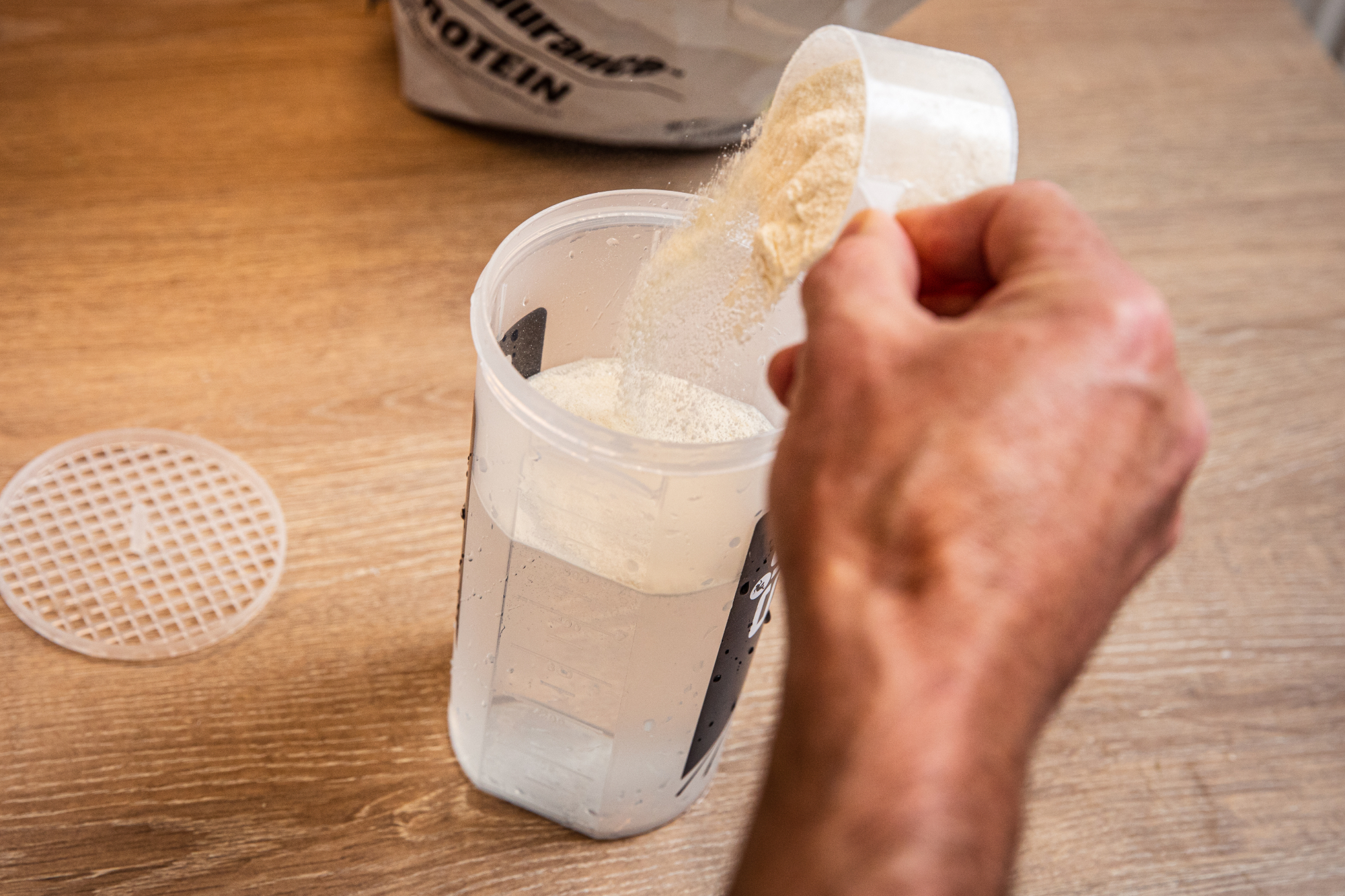
The theory: Protein is needed to repair muscle fibres after training, and the sooner you can ingest some after exercise, the better. Shakes are a portable, palatable and convenient way of ingesting 20g of protein immediately after exercise. Protein shakes -also known as recovery drinks - use easily digestible forms of protein such as whey.
The evidence: Surprisingly, given how widely used protein shakes are in world class sport, the evidence supporting their post-exercise recovery benefits is not clear-cut. What is clear about how much protein you need as a cyclist is that consuming 1.6-2.2g of protein per kilo of bodyweight per day is optimum for recovery from exercise. After exercise, your body is capable of metabolising up to 40g of protein in a single sitting, so the 20-25g per serving typical for protein shakes is well within the limit. Then again, do you really need processed sports products?
“No, there are plenty of natural sources of complete proteins, which are just as effective,” says nutritionist Nigel Mitchell. “Having said that, most protein powders contain all the amino acids needed in protein synthesis – and a shake is often more convenient than, say, a tuna sandwich!”
Expert view: Nigel Mitchell again: “Proteins are the building blocks your body uses to repair after training, and the quicker repair takes place, the sooner an athlete can train hard again. This results in a bigger overall training load, and greater fitness gains. In stage races, speedy recovery is one of the keys to success. It’s difficult, and sometimes inconvenient, to meet all protein needs when training hard from whole foods, so protein shakes fill the gap.”
Cost: From $/£1 for a single ready-to-drink shake to $/£40 for a 4kg pack of powder.
Recovery rating: 9/10
Fish oils and Vitamin D
The theory: Fish oils have been shown to help reduce inflammation, so may help you recover from training. They also play a part in maintaining gut health and contain Vitamin D, which is involved in hormone regulation and immune function, and is essential for healthy bones and teeth.
The evidence: In some studies, a reduction in post-exercise muscle soreness has been observed in subjects taking fish oils. As for Vitamin D, a 2021 meta-analysis concluded: “Although Vitamin D seems to be effective against the muscular inflammatory processes, the role in post-exercise recovery by modulating the release of muscle breakdown biomarkers remains to be demonstrated.”
Cost: $/£10-20 per one-month’s supply (of each).
Recovery score: 7/10
Verdict
Recovery aids that work on a metabolic level are the most effective and provide the greatest value. Deep-tissue massage, including massage guns, have been shown to promote recovery not just by helping to remove toxins and reducing adhesions in muscle fibres, but also by promoting relaxation and therefore sleep.
Retired WorldTour soigneur Dirk Nachtergaele is convinced that deep-tissue massage has physical and psychological benefits: “When I massage, I feel adhesions in muscle fibres go away, and I feel the rider relaxing. I’ve even had riders fall asleep on the message table. But I can also feel a rider’s condition – I can feel muscles full of blood. I can tell them they are in good condition, which is good for morale.”
Massage from a qualified practitioner is relatively expensive at $£30-60 per session but foam rollers offer many of the same benefits at greatly reduced cost. Massage guns are also well worth considering and could save you money in the long term.
It’s worth subjecting any potential purchases and treatments to a quick cost-benefit analysis. For example, an expensive muscle-stimulation device supported by little evidence is probably not worth ‘taking a punt on’, whereas a cheap foam roller may well be worth it even if the benefit is small and short-lived. Don’t expect miracles, but do take into account your budgetary constraints against the likely benefits as judged by the latest science.

Thank you for reading 20 articles this month* Join now for unlimited access
Enjoy your first month for just £1 / $1 / €1
*Read 5 free articles per month without a subscription

Join now for unlimited access
Try first month for just £1 / $1 / €1

Chris has written thousands of articles for magazines, newspapers and websites throughout the world. He’s written 25 books about all aspects of cycling in multiple editions and translations into at least 25
different languages. He’s currently building his own publishing business with Cycling Legends Books, Cycling Legends Events, cyclinglegends.co.uk, and the Cycling Legends Podcast
-
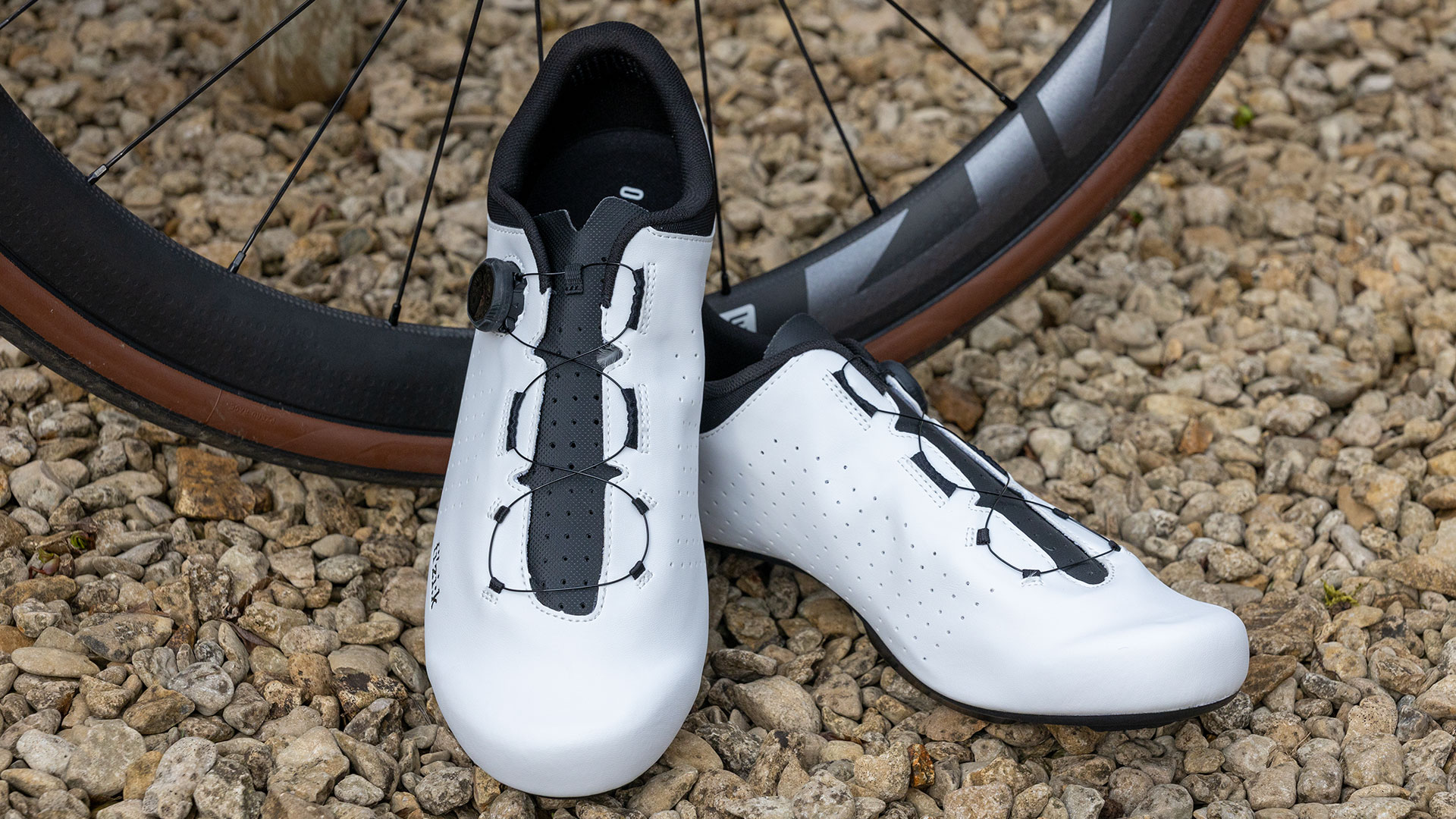 Fizik Vento Omna Wide shoe review: Yeti sneakers for those pedalling on a budget
Fizik Vento Omna Wide shoe review: Yeti sneakers for those pedalling on a budgetBroadly recommended for those of us with flipper feet
By Simon Fellows Published
-
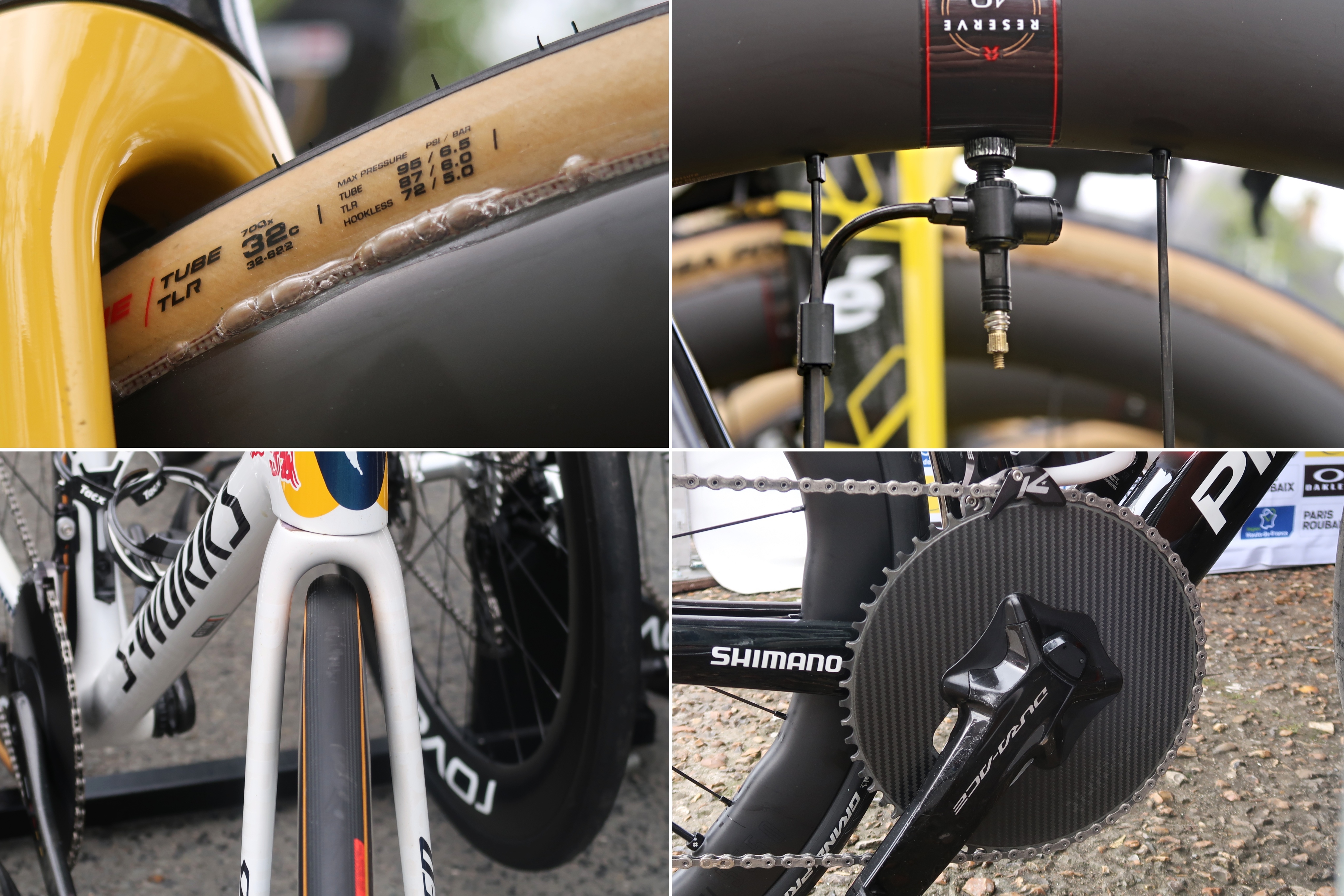 Unreleased wheels, monster chainrings, and surprisingly skinny tyres: Six tech insights from Paris-Roubaix
Unreleased wheels, monster chainrings, and surprisingly skinny tyres: Six tech insights from Paris-RoubaixHere's all the tech mods we spotted at the men's 'Hell of the North'
By Tom Davidson Published
-
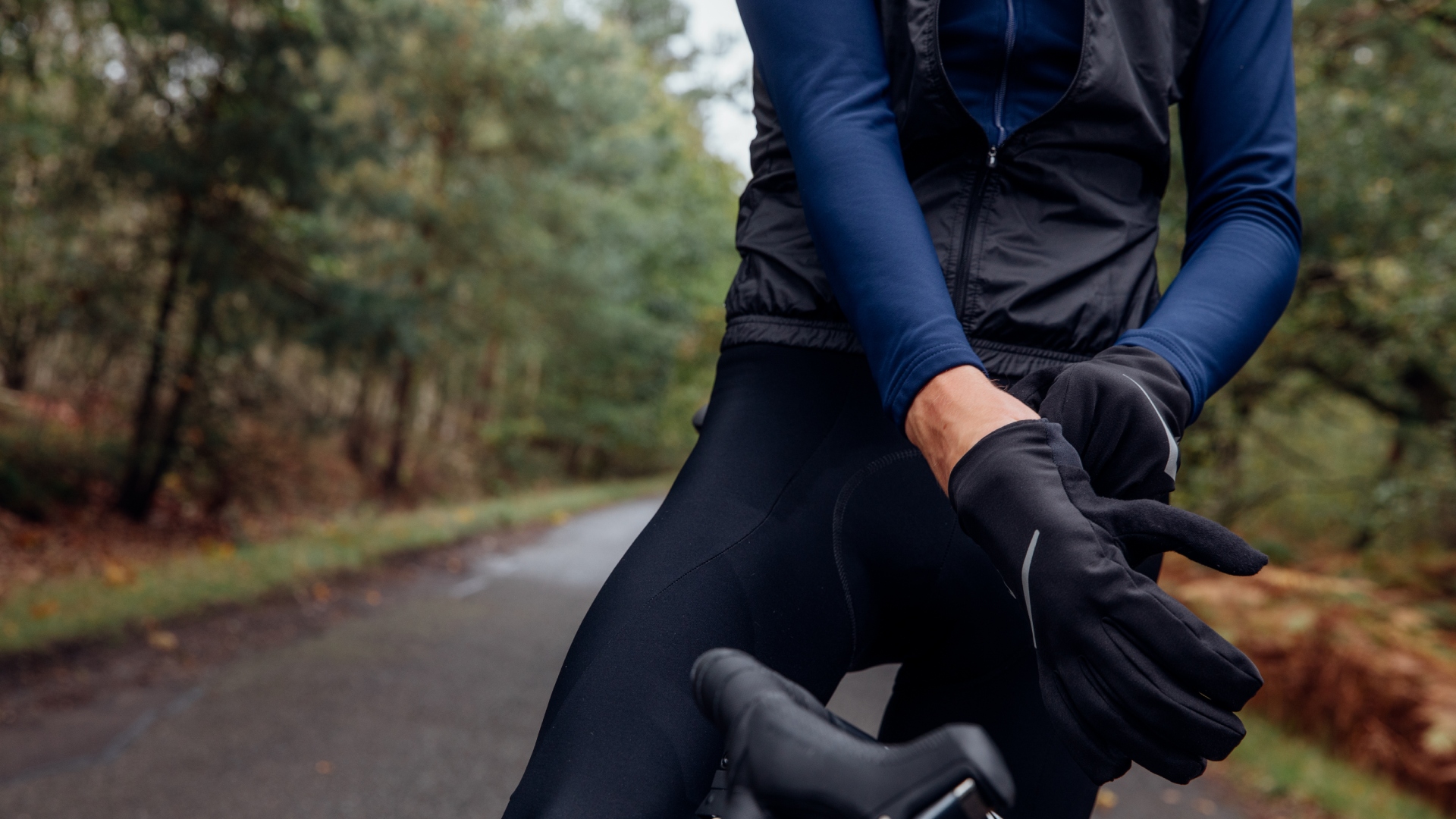 Riding with Raynaud’s: How to beat cold hands and feet over winter
Riding with Raynaud’s: How to beat cold hands and feet over winterSymptoms of Raynaud's syndrome extend far beyond simply having chilly hands and feet, our experts guide you through the how-to on making winter riding bearable despite the disease
By Lexie Williamson Published
-
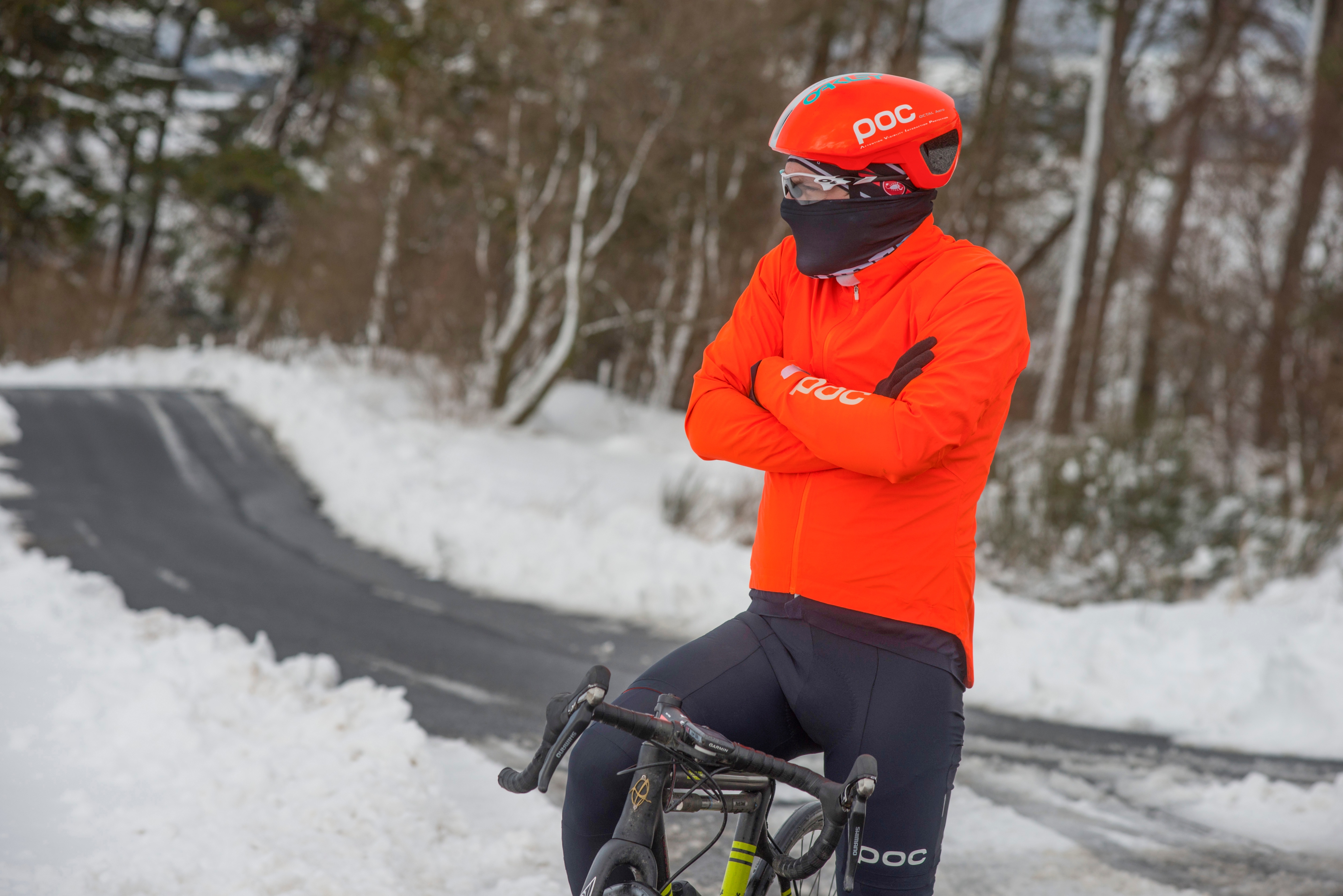 Does riding in the cold always have to slow you down?
Does riding in the cold always have to slow you down?Recent research reveals that starting a ride cold can decimate endurance. James Witts examines how rolling out toasty boosts staying power
By James Witts Published
-
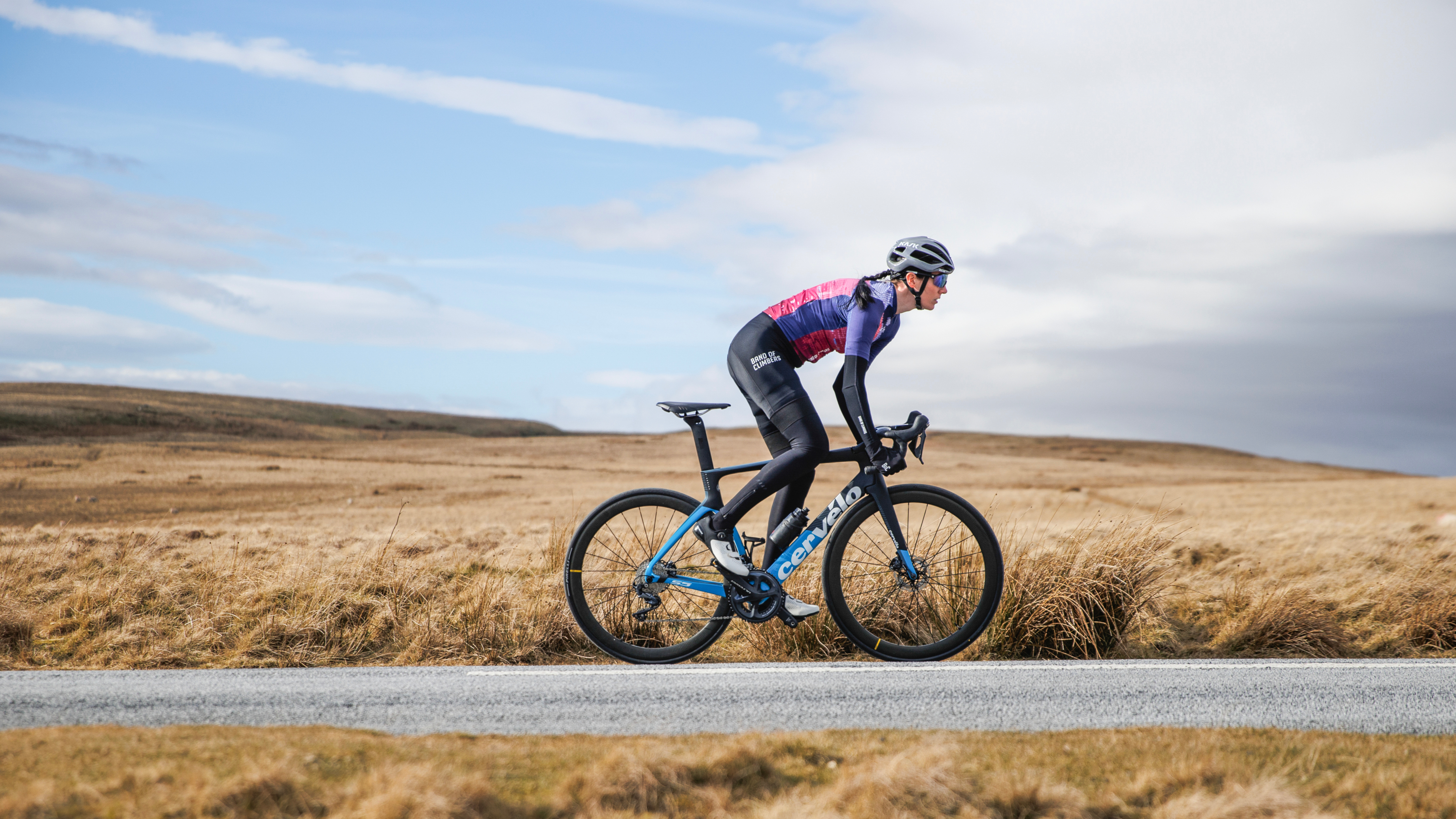 Forget 'new year, new me': 31 realistic, bitesized new habits for 2025
Forget 'new year, new me': 31 realistic, bitesized new habits for 2025Small adjustments to your daily routine can have a big impact on your cycling fitness. Lexie Williamson lists 31 good habits, one for each day of January
By Lexie Williamson Published
-
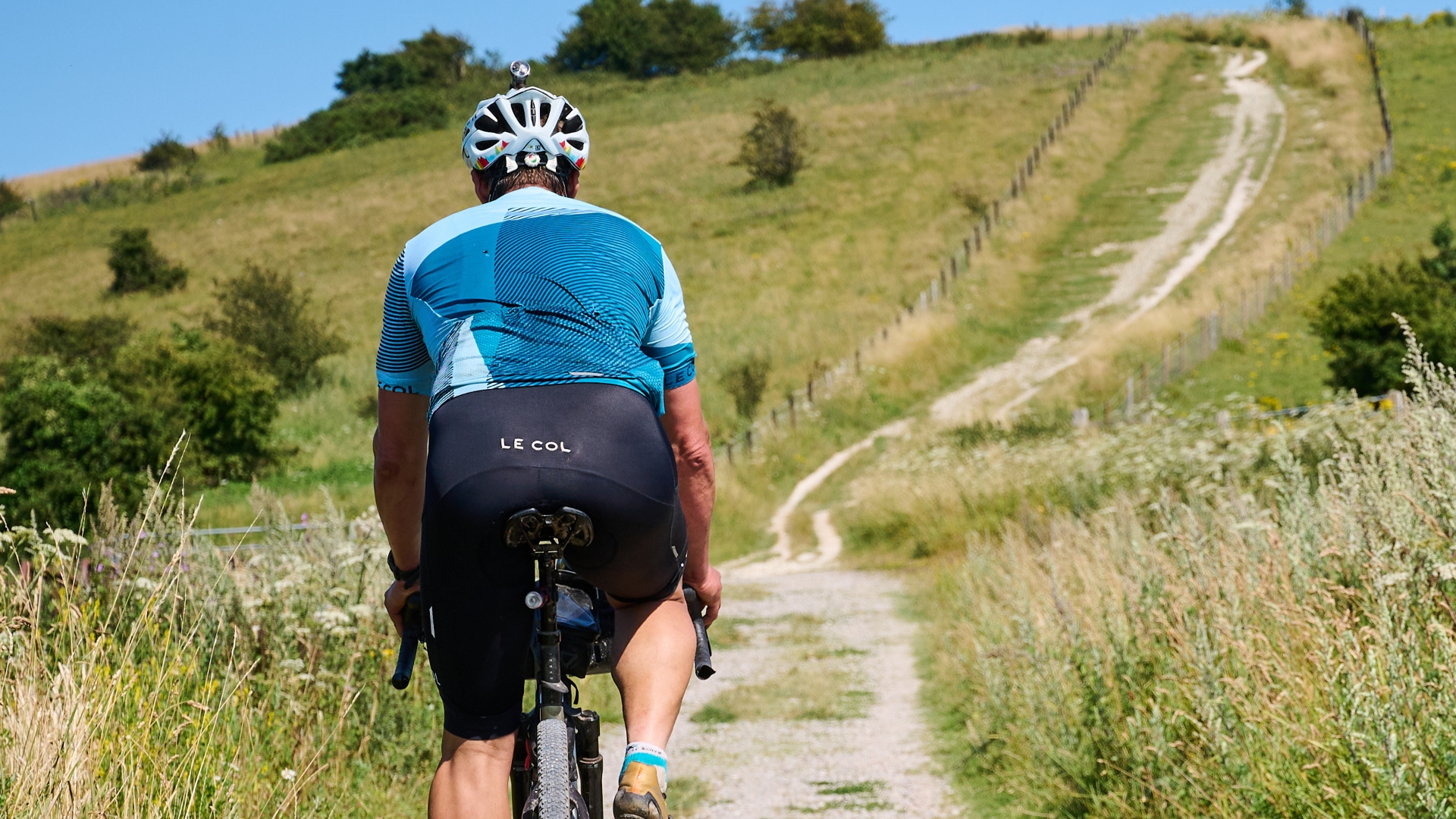 'My riding companion proceeded to fragment into countless tiny particles and dissolve into the night sky — I was hallucinating': Inside a 500km ultra ride
'My riding companion proceeded to fragment into countless tiny particles and dissolve into the night sky — I was hallucinating': Inside a 500km ultra rideKeen to test the limits of his well-matured endurance, Steve Shrubsall hurls himself headlong into a 500km ultra-endurance adventure across England's North and South Downs
By Stephen Shrubsall Published
-
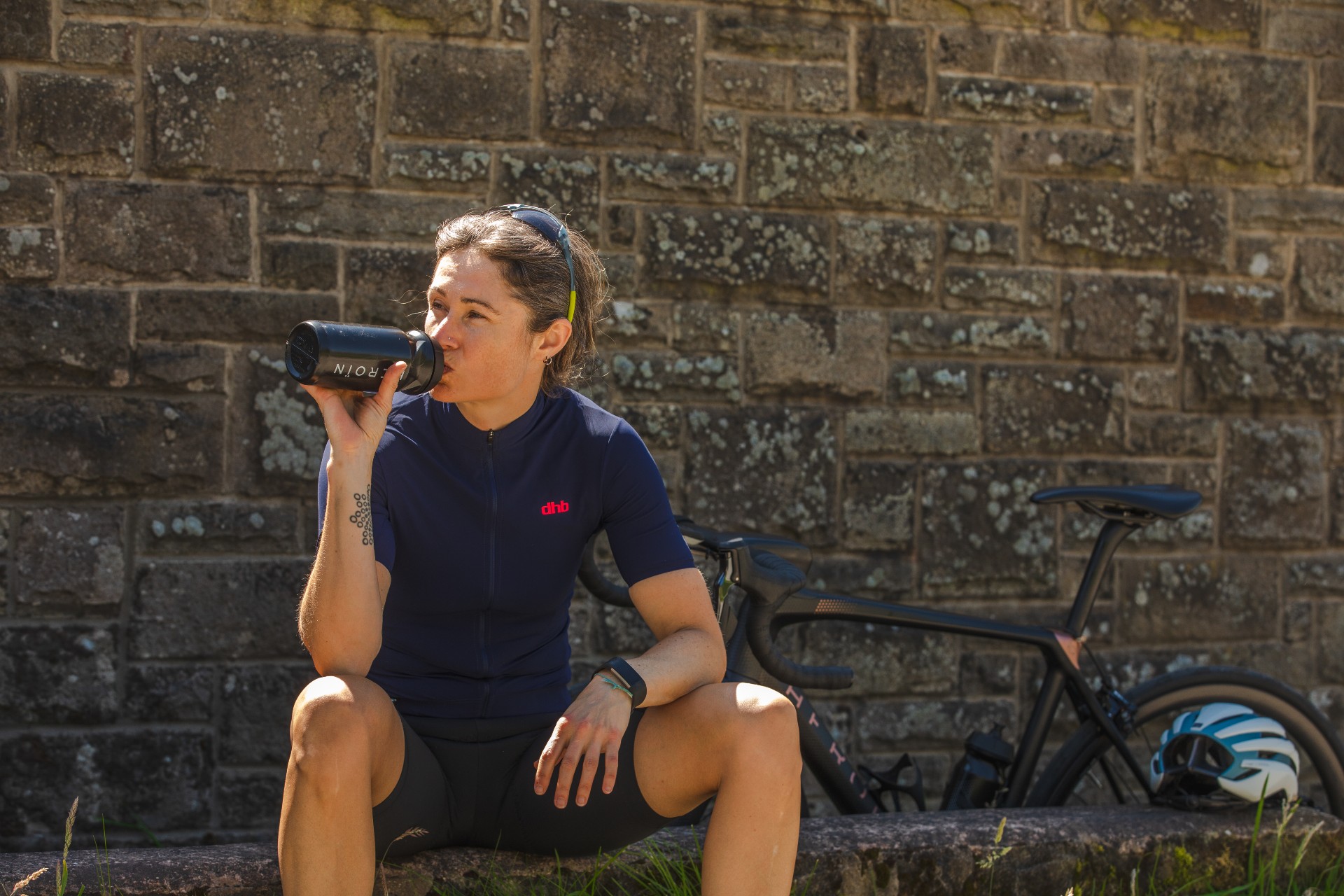 Hot weather cycling: 6 tips to help you keep your cool
Hot weather cycling: 6 tips to help you keep your coolA spell of hot weather needn't stop you enjoying your riding, as long as you take some precautions to prevent over-heating and dehydration
By Anna Marie Abram Published
-
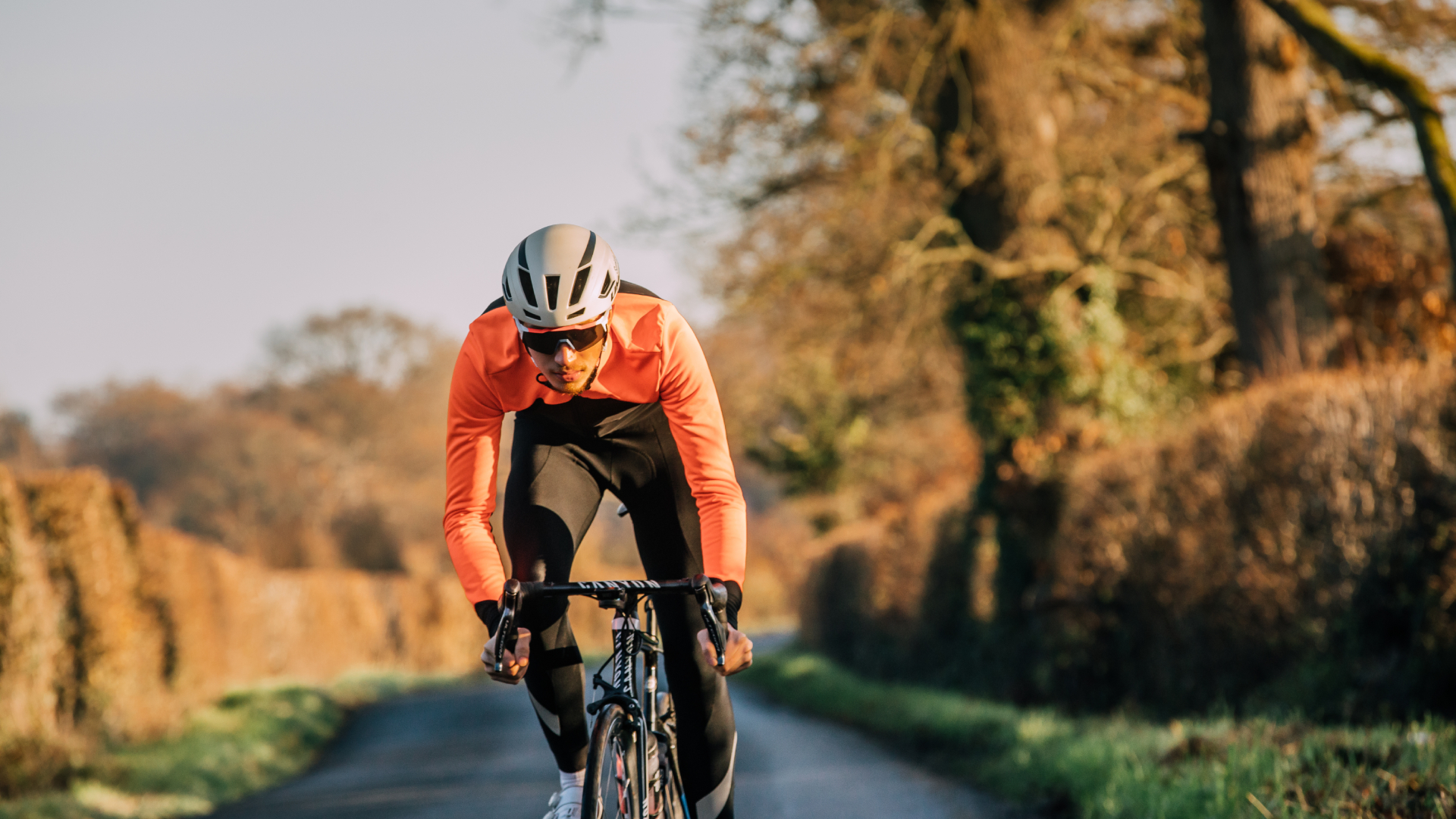 21 ways to get your season off to a flying start
21 ways to get your season off to a flying startMotivation is key: achievable, aspirational goals with clear checkpoints is a great place to start. Structured training, bike servicing and joining a club will all help set you on the right trajectory, too
By Charlie Allenby Published
-
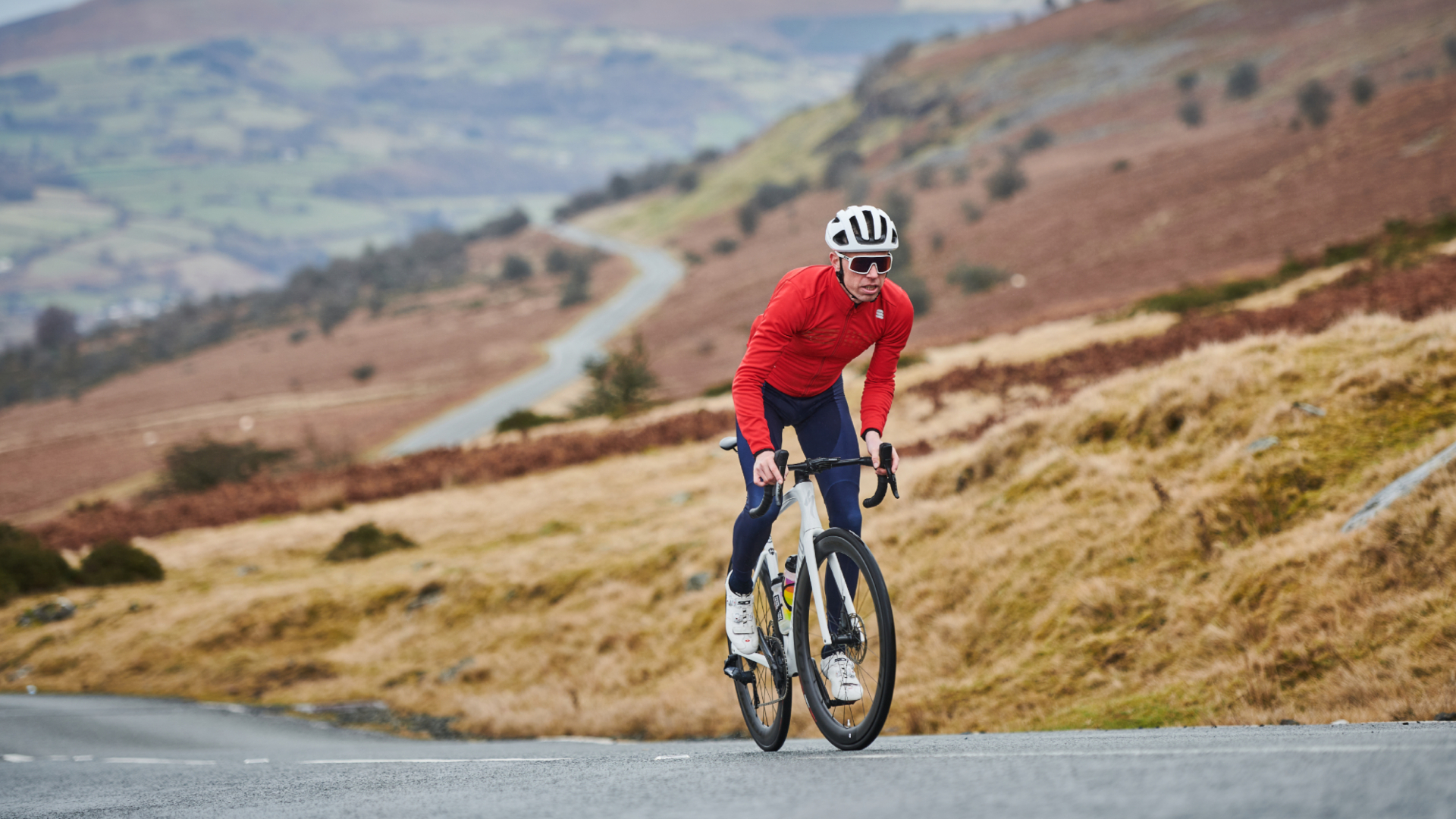 Eight-step guide to crafting your achievable goal this year, according to a cycling coach
Eight-step guide to crafting your achievable goal this year, according to a cycling coachHow to come up with a target you can hit - plus some pointers on how to stay on track
By Chris Marshall-Bell Published
-
 Why is everyone talking about Zone 2 training? Tadej Pogačar, or rather his coach, is responsible - here’s why
Why is everyone talking about Zone 2 training? Tadej Pogačar, or rather his coach, is responsible - here’s whyThe cacophony of praise for Zone 2 training of late left Chris Sidwells scratching his head. So he decided to find out what all the fuss was about
By Chris Sidwells Published